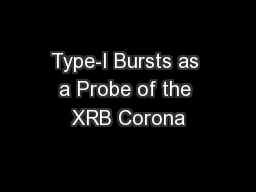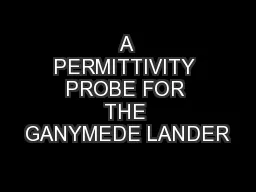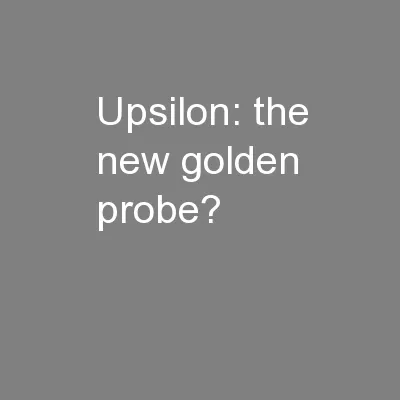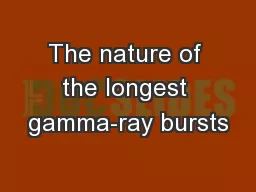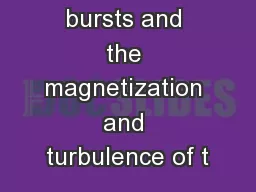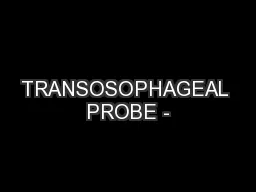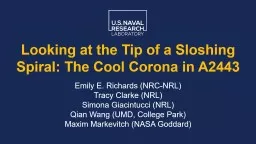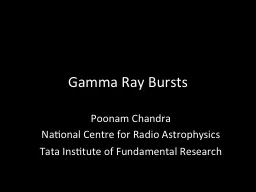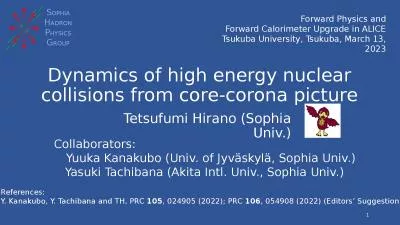PPT-Type-I Bursts as a Probe of the XRB Corona
Author : lindy-dunigan | Published Date : 2016-09-20
All rights reserved Ji Long 紀龍 in collaboration with Zhang Shu Chen YuPeng Zhang Shuang Nan Diego F Torres Peter Kretschmar Masha Chernyakova
Presentation Embed Code
Download Presentation
Download Presentation The PPT/PDF document "Type-I Bursts as a Probe of the XRB Coro..." is the property of its rightful owner. Permission is granted to download and print the materials on this website for personal, non-commercial use only, and to display it on your personal computer provided you do not modify the materials and that you retain all copyright notices contained in the materials. By downloading content from our website, you accept the terms of this agreement.
Type-I Bursts as a Probe of the XRB Corona: Transcript
Download Rules Of Document
"Type-I Bursts as a Probe of the XRB Corona"The content belongs to its owner. You may download and print it for personal use, without modification, and keep all copyright notices. By downloading, you agree to these terms.
Related Documents

